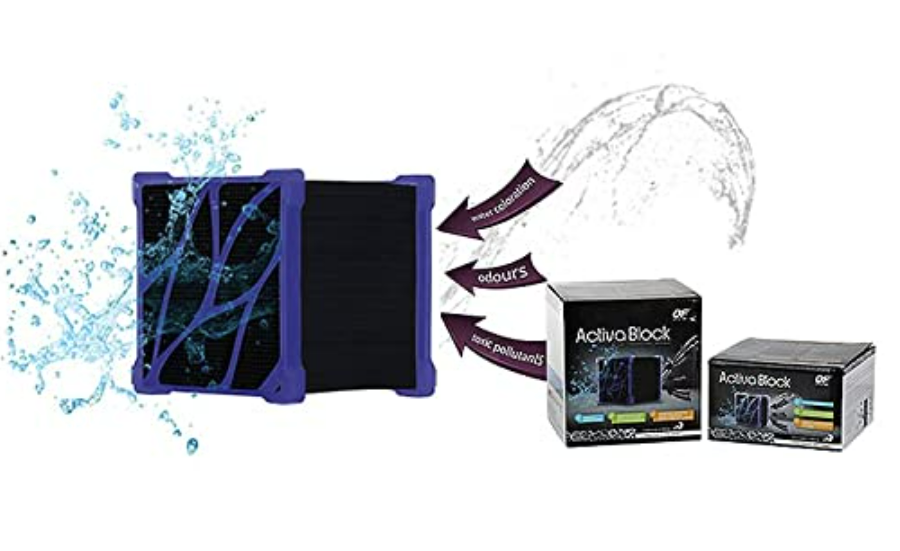Once around the block
Carbon has been a useful tool in water quality management for decades, with a range of uses which makes it the ideal solution for some forms of pollution. Like a car jack or an indigestion tablet, you might not want to use carbon every day but when you need it, there’s little else that can do the same thing.
Traditionally, activated carbon has been used to remove dissolved compounds which discolour aquarium water such as tannins from bogwood and the yellowing which can occur in aquaria as a result of biological processes. Although some aquarists may choose to emulate the blackwater conditions that are often the natural home of rainforest fishes, many others prefer to give their pets crystal clear water which can’t be achieved through partial water changes alone. It might be natural for Chocolate gouramis to live in water the colour of tea but the same can’t be said for Fancy goldfish or Rift Lake cichlids.
Carbon will remove harmful chemical contaminants and chlorine, making it useful for clearing medication residues and more unusual sources of pollution such as household aerosols (e.g. furniture polish and air fresheners), contaminants in tap water and residual ozone. Not all toxins are from outside the aquarium and carbon can control noxious compounds produced by soft corals or stressed catfishes, as well as the pheromone build-up which can stunt the growth rates of fry in rearing tanks. Carbon also has some capacity to reduce ammonia and that’s one of the reasons why you’ll often see granules of it used in fish transport bags.
As a chemical filter medium, bacterial growth on the surface of carbon granules will reduce its efficiency by blocking water movement to the complex internal matrix. It can be advantageous to keep it outside of the filter where it can be more easily cleaned and removed without disrupting the filtration. As carbon will remove some desirable chemicals such as trace elements and plant foods, the best way to use it is between doses of any beneficial additives, making ease of application another big advantage to a format which operates outside of an external filter housing.
Having used many different formats of carbon, the biggest advantage that this product has is ease of use. There’s no lengthy rinsing of fine black dust which then leads to a clean up of the sink, or cloud of black particles in the aquarium if this preparation isn’t carried out properly. There’s no fine bag which can clog or impede flow through the filter, there’s no need for the removal of biomedia to make space for carbon in a packed filter chamber and there’s no issues with compatibility – you literally just place the cube in an area of water movement and let it get on with the business of creating clearer water. Occasional use of an Activa Block is a fantastic way to give your aquarium water a polish and remove any chemical residues without having to faff about placing it within your filter. It can be added or removed in seconds, making it easy to use in rotation with any additives that you don’t want taken out of your aquarium water, and it’s a great back up for those rare but stressful occasions where unusual measures are needed.
Find out more about the Activa Block and purchase yours here.



